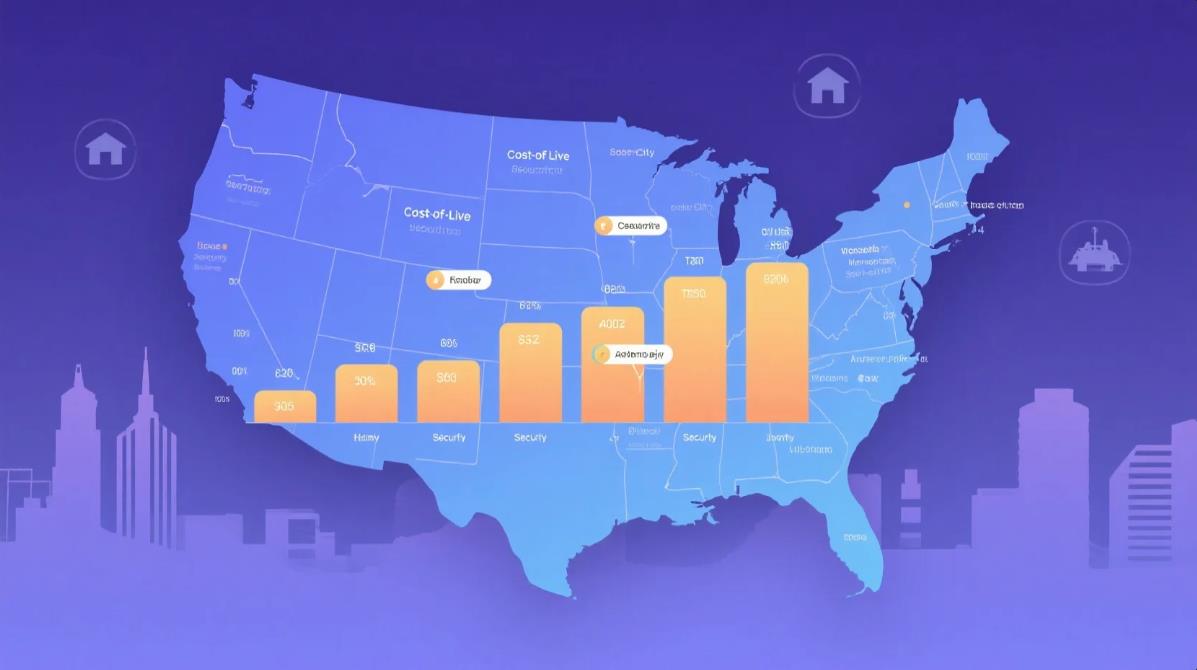The traditional benchmark of having one year's salary saved by age 30 fails to account for today's economic realities, where student debt burdens, housing costs, and career path volatility have fundamentally altered wealth accumulation timelines. Modern financial researchers now emphasize personalized savings metrics that consider industry-specific earning curves, geographic cost variations, and individual life circumstances rather than arbitrary one-size-fits-all targets. This nuanced approach reveals that what matters most isn't hitting a specific dollar amount by 30, but establishing the right financial behaviors and systems that compound over time.
Career capital accumulation often outweighs raw savings in early adulthood, a factor most conventional advice ignores. Professionals in fields with steep experience curves—like medicine, technology, or skilled trades—may rationally prioritize education and skill development over immediate savings, provided they're building future earning potential. The key metric shifts from savings balance to "earning trajectory velocity"—measuring how quickly one progresses toward their peak earning years. Those behind on savings but ahead on career development may actually be better positioned than peers with modest savings but stagnant incomes.

The stealth wealth paradox explains why some seemingly behind 30-year-olds are actually ahead. Certain lifestyle choices that reduce visible savings—like aggressively paying down student loans or investing in professional certifications—create invisible wealth that compounds dramatically in later years. Financial planners now use "net worth acceleration" models that account for these deferred benefits, showing how debt-free graduates often surpass their savings-focused peers within five years despite starting with lower balances. The most effective strategies combine disciplined saving with targeted investments in future earning capacity.
Geographic arbitrage opportunities complicate traditional savings benchmarks. A 30-year-old in San Francisco may need 100,000 in savings to equal the financial security of some one with 40,000 in a midwestern college town, when factoring in housing costs and tax differentials. Advanced planning tools now incorporate location-specific multipliers that adjust savings targets based on real local purchasing power rather than national averages. This explains why remote work flexibility has become such a powerful wealth-building tool for younger professionals—it decouples earning potential from geographic constraints.

The catch-up calculus for those behind reveals surprising mathematical truths. Compound growth works differently at various life stages—a dollar invested at 30 has more time to grow than one at 25, but less than one at 35. Sophisticated recovery strategies focus on "compensation stacking"—combining increased savings rates with strategic career moves that boost income simultaneously. The most effective plans identify specific leverage points in an individual's unique financial picture rather than relying on generic advice to save more or spend less.
Behavioral finance tools offer powerful ways to accelerate progress without drastic lifestyle changes. Micro-investing apps that round up purchases, automated savings escalators that increase contributions with each raise, and "temptation bundling" techniques that link saving to small rewards can collectively add tens of thousands to net worth by 35. These methods work because they bypass psychological resistance to deprivation—the main reason traditional budgeting fails. Modern financial technology makes consistent small wins possible even for those starting late.

The most important number by 30 isn't your savings balance but your financial process maturity. Those who have established automated systems, educated themselves about investing, and developed career capital will inevitably surpass peers who merely hit arbitrary savings targets through temporary austerity. True financial security comes from building adaptable systems that grow with your career and life circumstances, not from chasing outdated benchmarks that ignore modern economic complexities. The path to wealth is always under construction, and 30 is just the first milestone—not the finish line.







